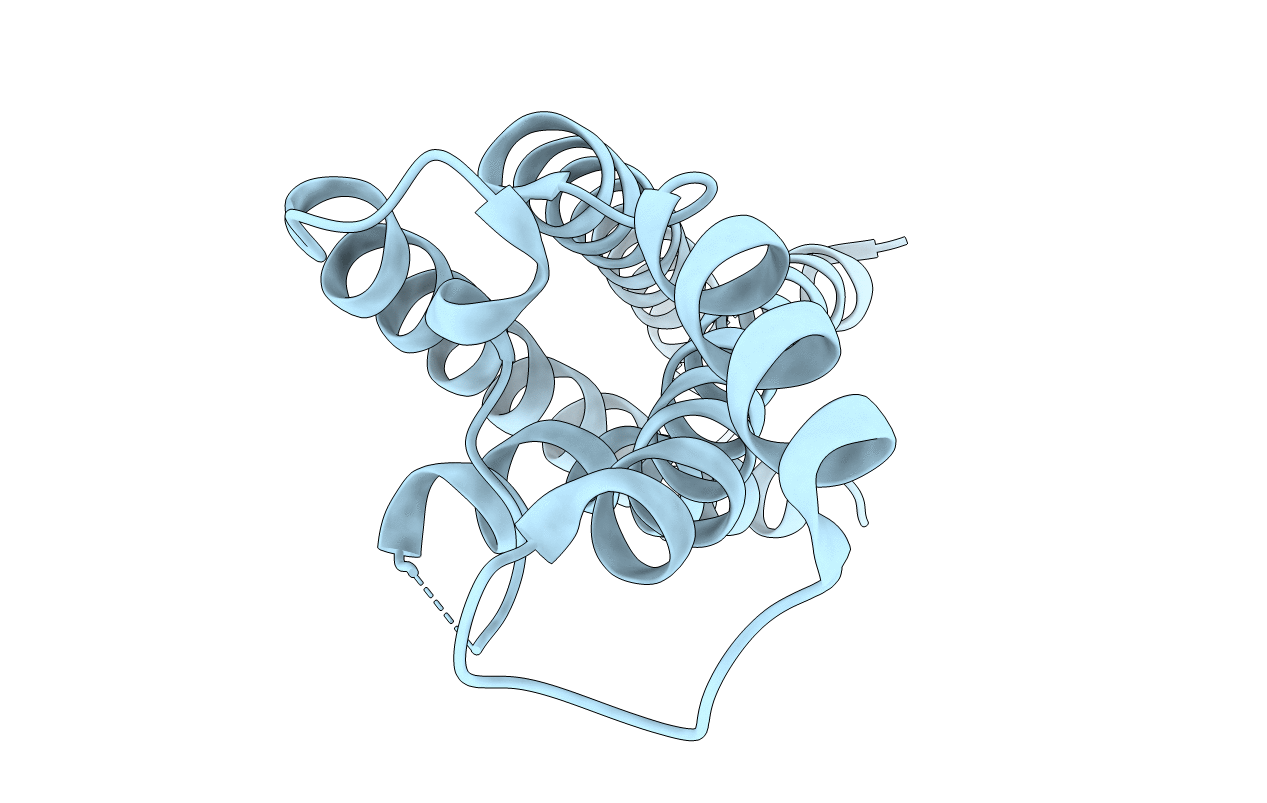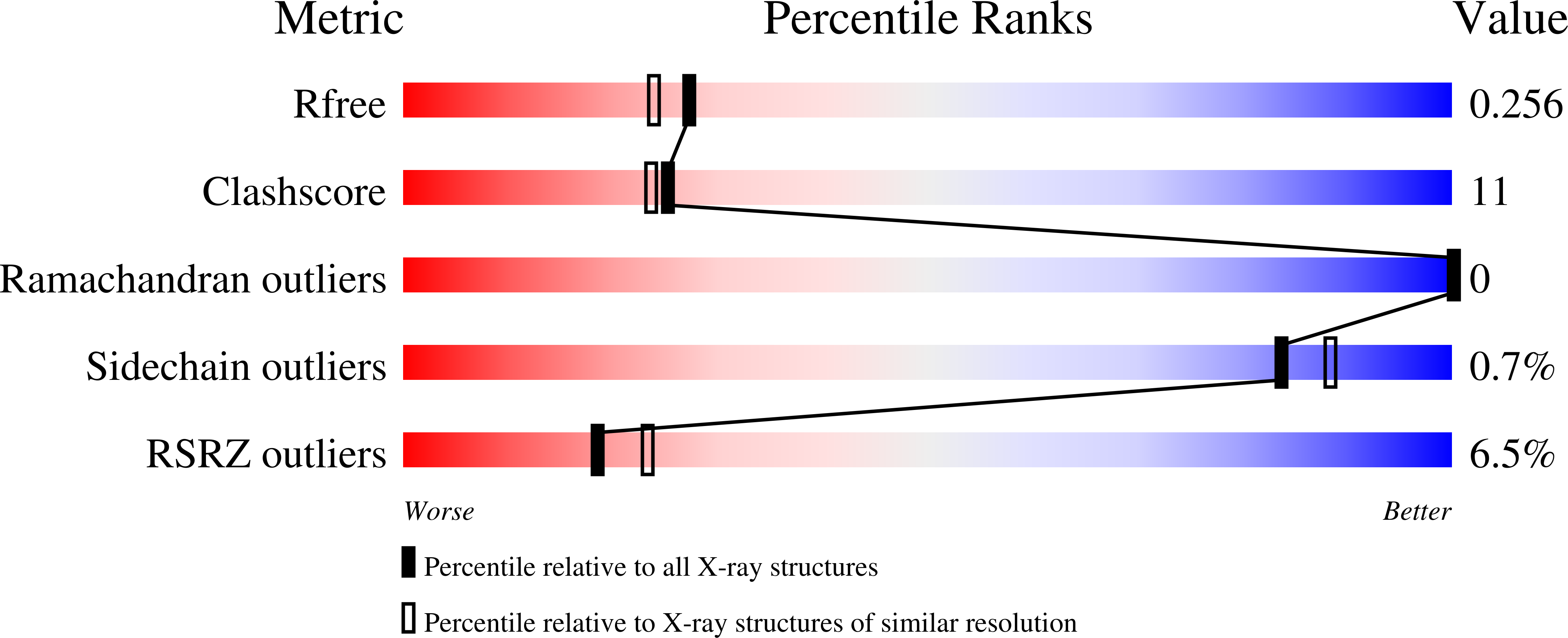
Deposition Date
2021-08-04
Release Date
2022-04-27
Last Version Date
2023-10-18
Entry Detail
Biological Source:
Source Organism:
Borrelia miyamotoi FR64b (Taxon ID: 1292392)
Host Organism:
Method Details:
Experimental Method:
Resolution:
2.09 Å
R-Value Free:
0.25
R-Value Work:
0.22
R-Value Observed:
0.22
Space Group:
C 1 2 1


